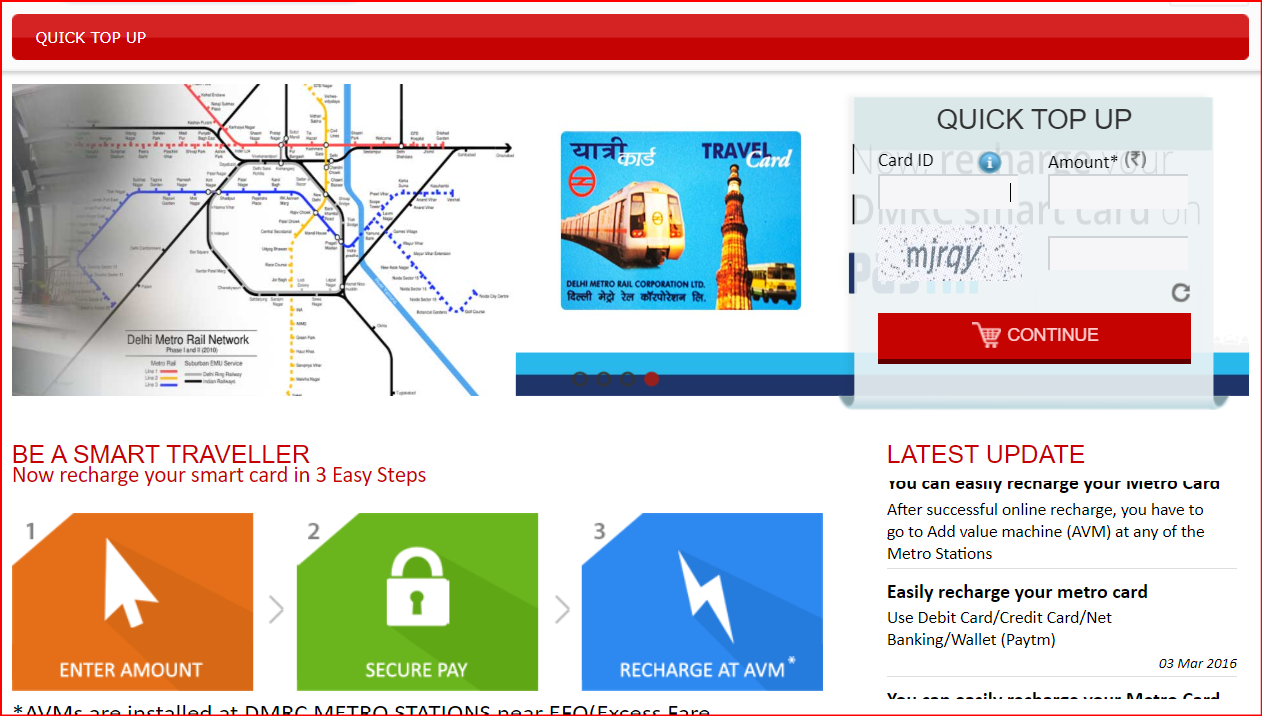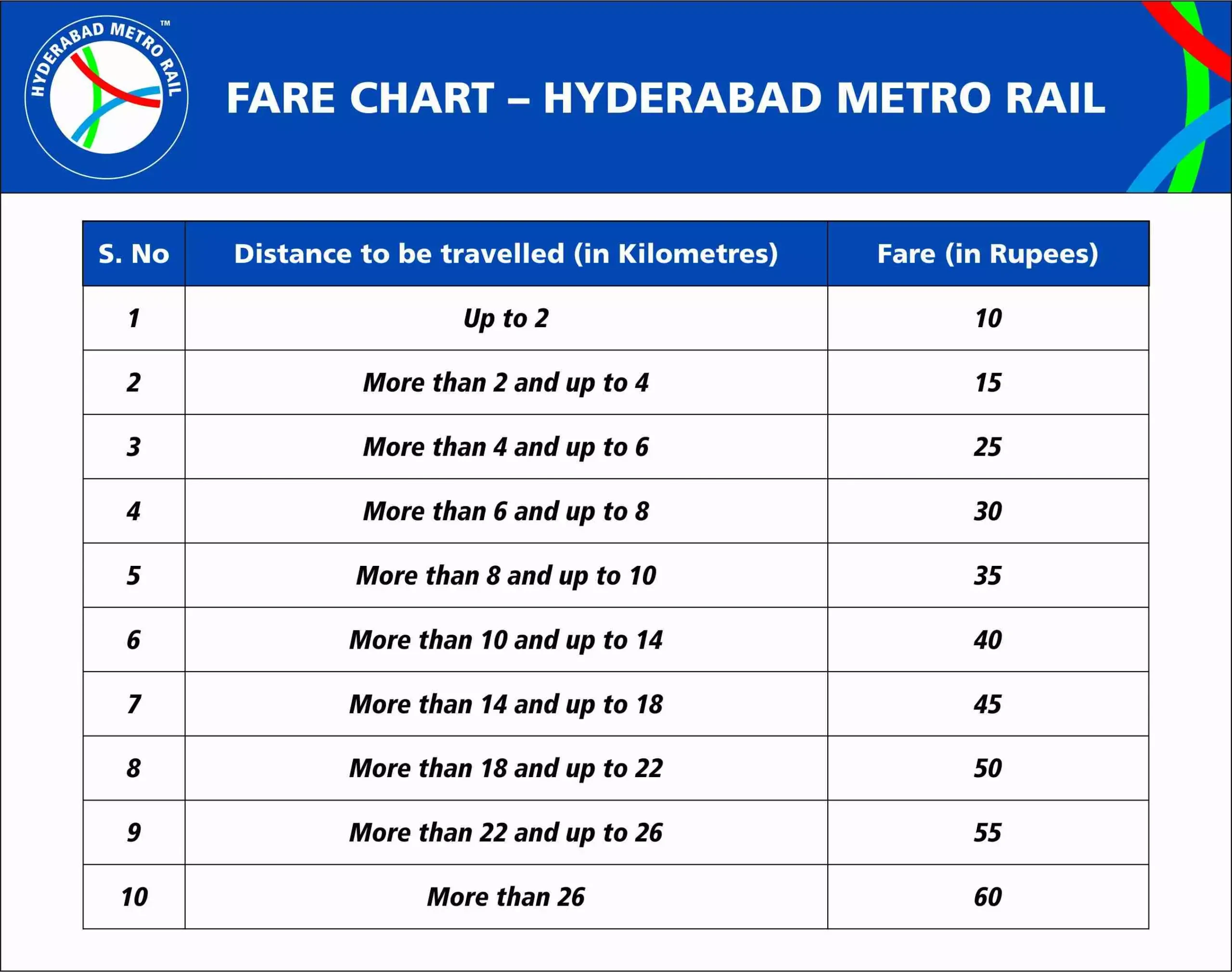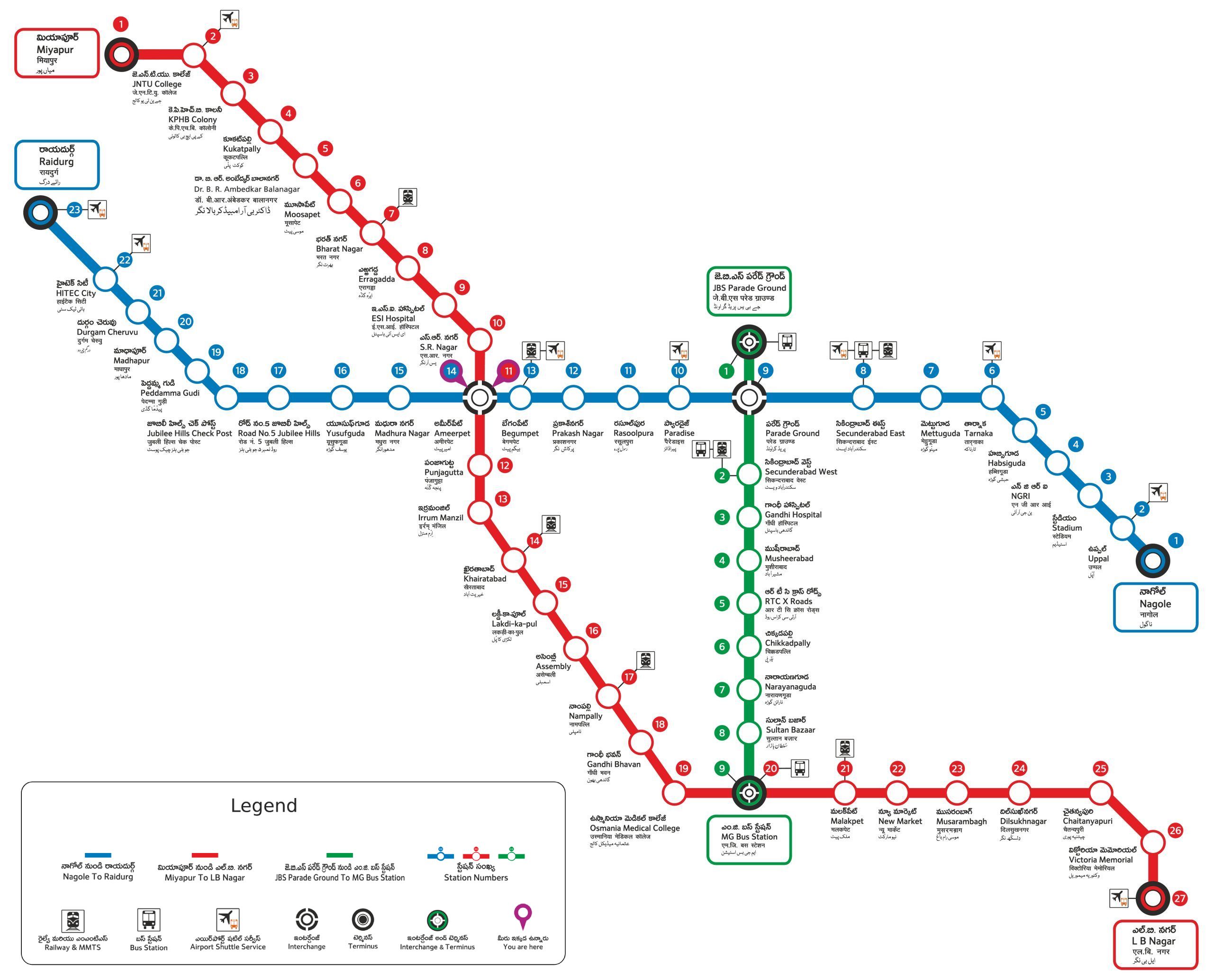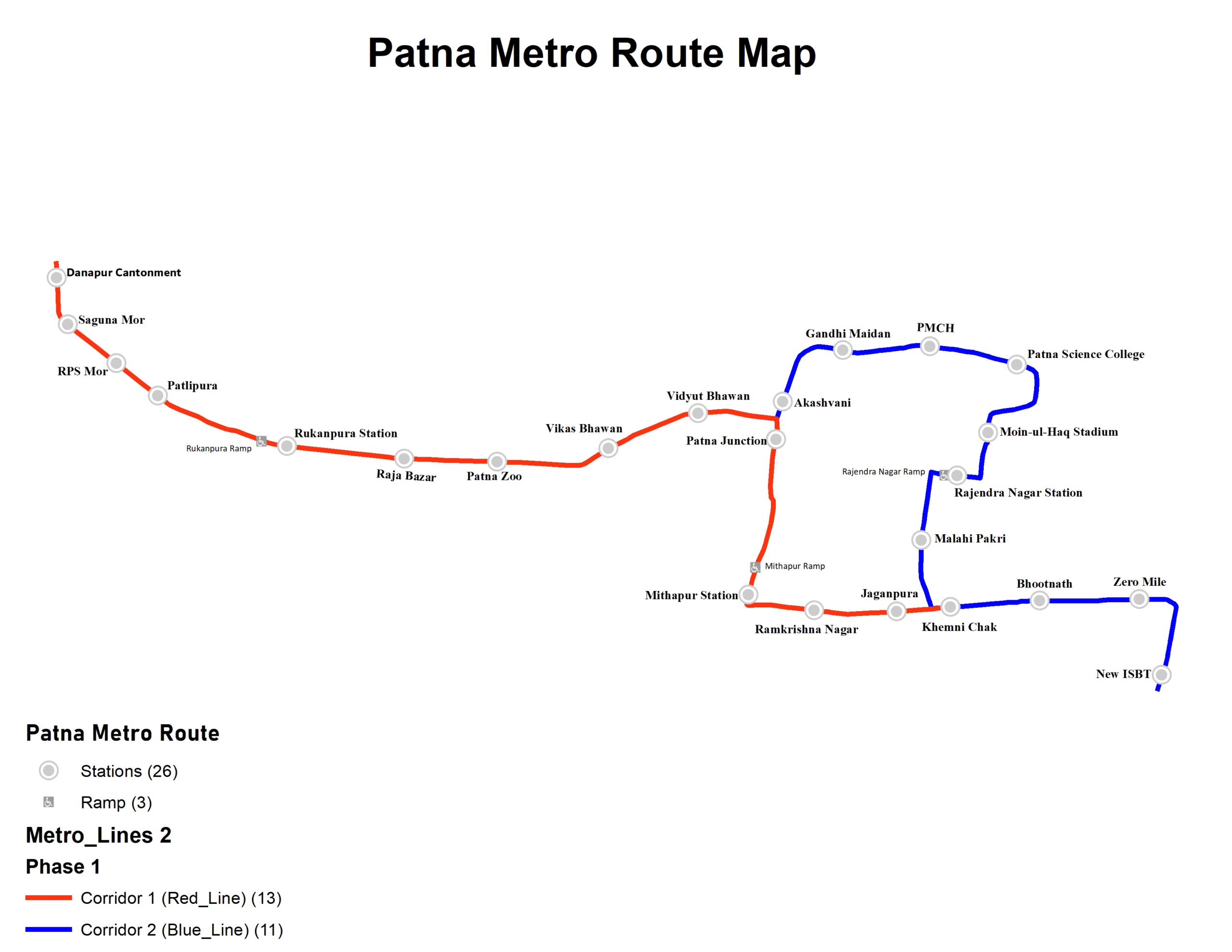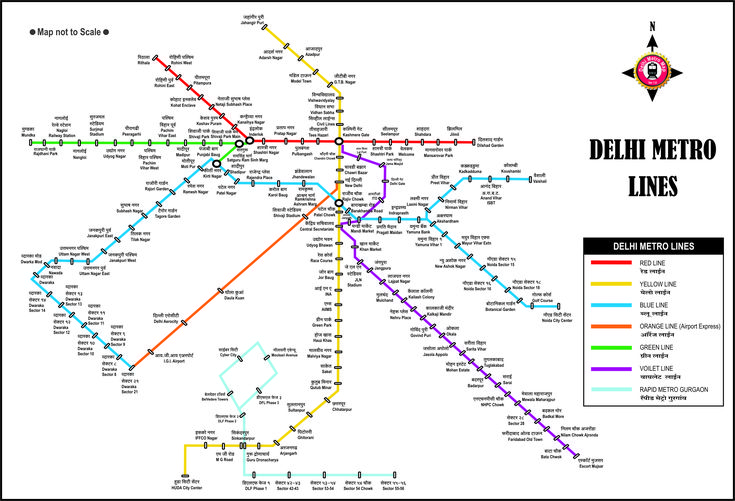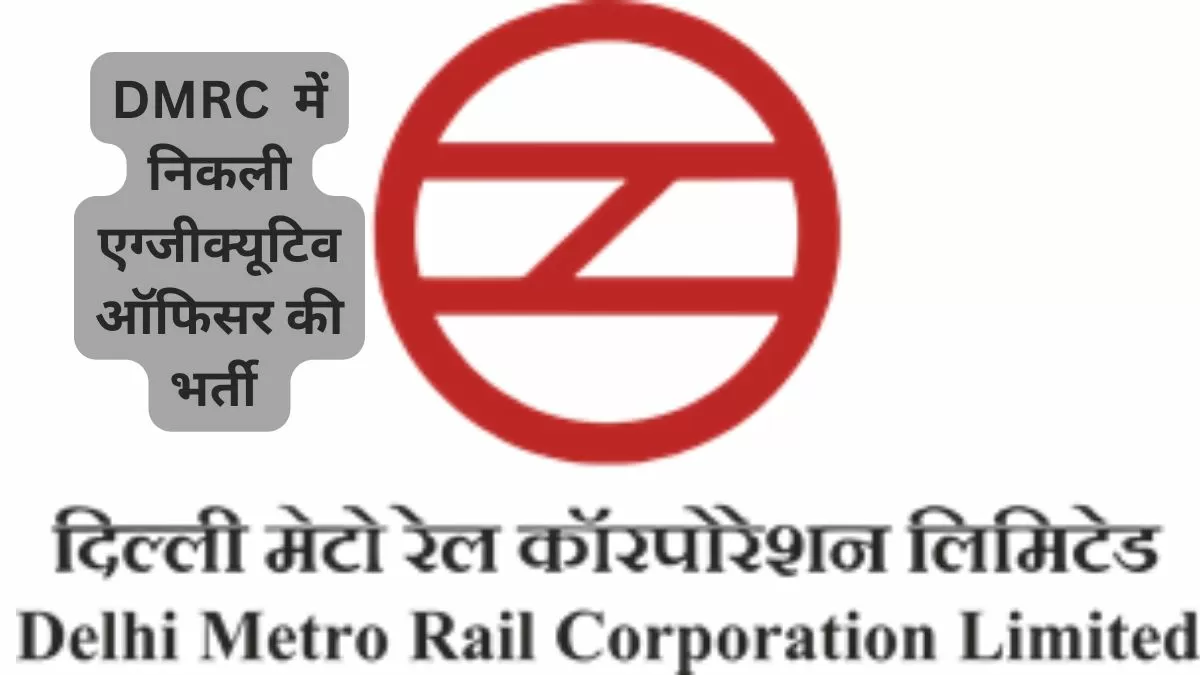Metro Full Form and History: When we hear the word Metro, the first thing that comes to mind is the fast train running smoothly under or above the city. It connects one part of the city to another quickly and saves a lot of time. But have you ever wondered what the full form of Metro is, and how this system started? Let’s understand everything in simple words.
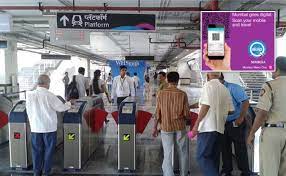
What Is the Full Form of Metro?
The word “Metro” is not actually an acronym. It is a short form of the word “Metropolitan”, which means something related to a big city or urban area.
However, in general use, people often expand it as:
METRO = Metropolitan Transport System
or
METRO = Metropolitan Railway
So, Metro simply refers to a rail transport system built for metropolitan cities to make daily travel faster and easier.
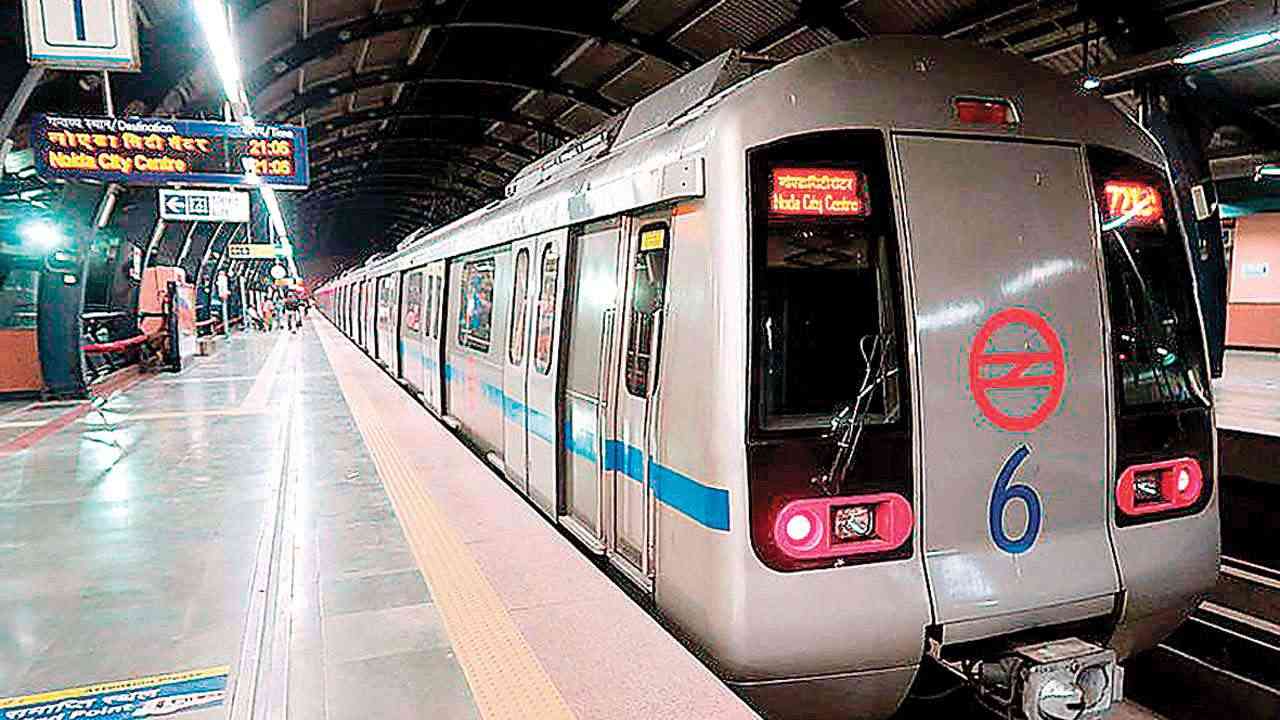
What Is the Meaning of Metro?
The Metro is a rapid transit system or urban railway that runs either underground, elevated, or at ground level. It is specially designed to handle large numbers of passengers in big cities.
In simple words, the Metro is a city’s fast train service that helps people travel quickly from one place to another without getting stuck in traffic.
Overview Table
| Point | Details |
|---|---|
| Full Form | Metropolitan Transport System / Metropolitan Railway |
| Common Name | Metro Train |
| Type | Rapid Transit or Urban Rail System |
| Purpose | To provide fast and convenient transport in cities |
| First Metro in India | Kolkata Metro (started in 1984) |
| Operated In | Major Indian cities like Delhi, Mumbai, Chennai, Bengaluru, Lucknow, Jaipur, etc. |
History of Metro in India
India’s first Metro started in Kolkata in 1984. It was a big step in modernizing the country’s public transport system. Later, Delhi Metro became the most successful and largest Metro network in India, starting its first line in 2002.
Today, many cities like Mumbai, Bengaluru, Hyderabad, Jaipur, Chennai, Lucknow, Pune, and Nagpur have their own Metro services or ongoing construction projects. The Metro system has now become a symbol of urban progress and smart transportation in India.
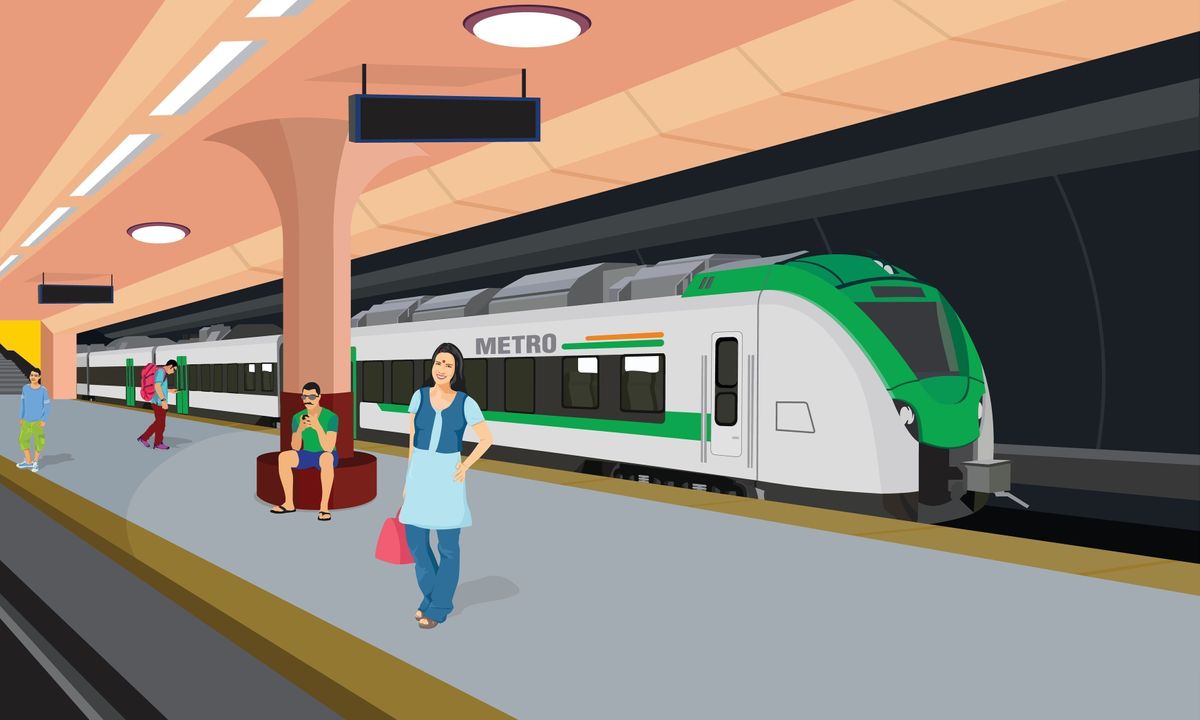
Benefits of Metro
- Time Saving: Metro trains are fast and punctual, avoiding road traffic.
- Eco-Friendly: Electric trains reduce air pollution and fuel usage.
- Affordable: Ticket prices are reasonable for daily commuters.
- Comfortable: Air-conditioned coaches and clean platforms improve the travel experience.
- Reduces Road Traffic: Fewer vehicles on the road means less congestion and accidents.
How to Travel by Metro
Traveling by Metro is very easy:
- Buy a token or get a smart card from the station counter.
- Go through the security check and smart gate.
- Wait at the platform and board the train carefully.
- Check station names on display screens and exit at your stop.
You can also download the official Metro App of your city to check routes, timings, and recharge your card online.
Helpline and Customer Support
Every city’s Metro has a helpline number and customer care center to help passengers with lost items, card issues, or travel information. For example,
- Delhi Metro Helpline: 155370
- Mumbai Metro Helpline: 1800-102-3030
You can also visit the official website of your city’s Metro for detailed support.
Conclusion
The Metro is not just a train—it’s a lifeline of urban India. It saves time, reduces pollution, and offers a smooth travel experience to millions every day. Whether you call it Metropolitan Transport System or simply Metro Train, its role in shaping modern cities is undeniable.

